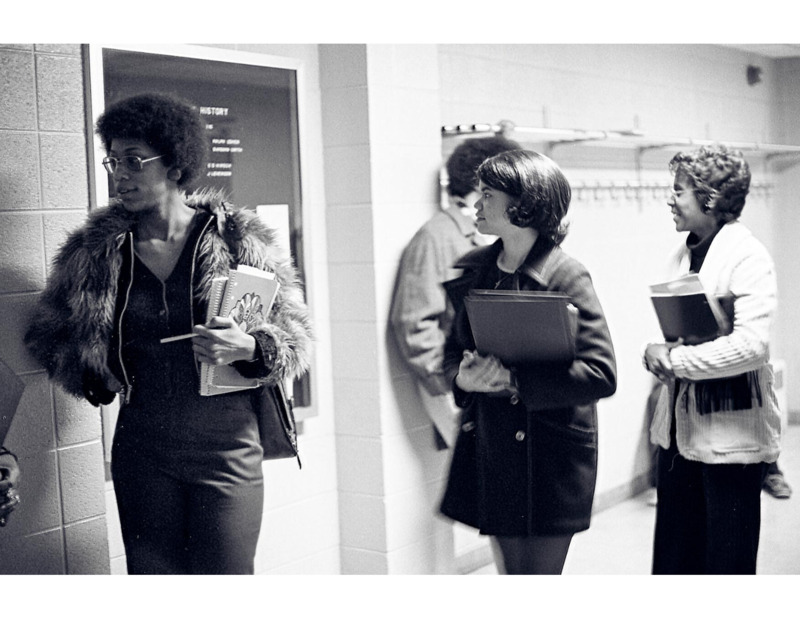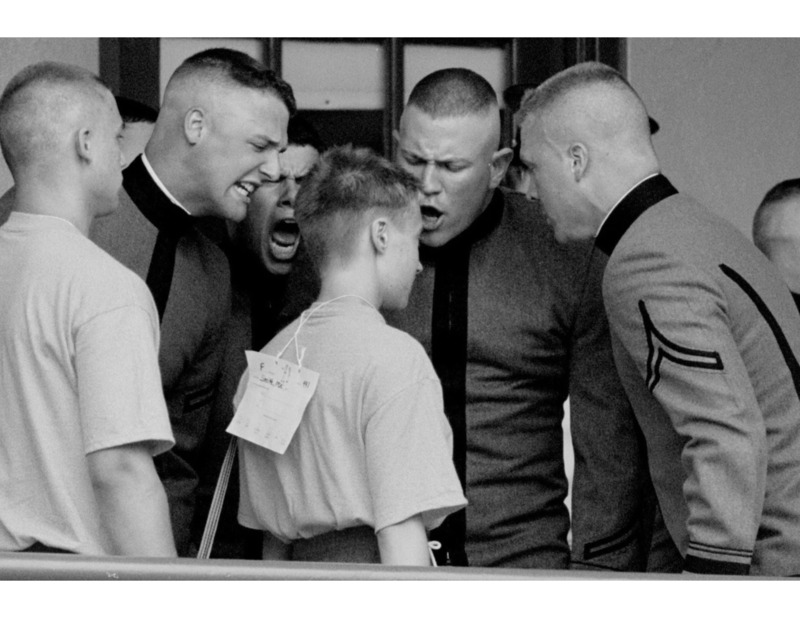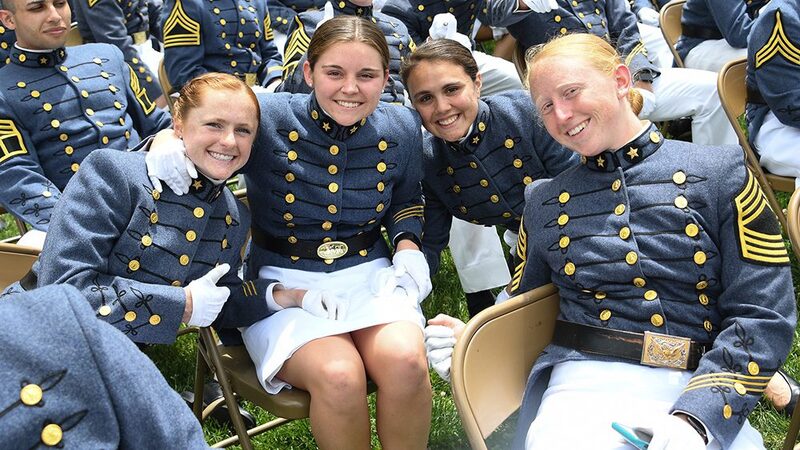Washington and Lee was one of the last three all-male institutions in the United States. In terms of other peer institutions, we looked at the University of Virginia’s and Virginia Military Insitute’s coeducation process as useful points of historical comparison as esteemed colleges within the Commonwealth of Virginia. It is important to note that both of these coeducational processes are slightly different because UVA and VMI are both public state universities while W&L is a private institution. Still, both cases speak to the culture of the time not only in Virginia but also in Lexington, VA.
Coeducation Decision Process in Virginia: University of Virginia and Virginia Military Institute
Coeducation at University of Virginia
The University of Virginia was among the latest large southern state universities to provide full collegiate access to women. Until 1970, UVA had separate and inferior colleges for women. UVA had been admitting women to the University in 1920, but almost none to the College of Arts of Science, the heart of the undergraduate program.[1] Conversations about coeducation kept on surfacing which in turn inspired the president at the time Edgar Shannon Jr. to conduct a study about the possibility of admitting women to the Arts and Science college. Many of the conclusions of the study draw parallels to the Washington and Lee report, claiming that mixed classes would improve the educational experience and aid in their institutional mission created under Thomas Jefferson to be an institution of “high national and international repute” and “capstone of Virginia’s educational system”.[2] Again similarly, the report noted the possible disadvantages of women and cited examples like women taking part in their honor system and widespread alumni sentiments of discontent about the idea. The Board of Vistors decided to admit 500 women and had legal battles over the constitutionality of the new set of parameters. Ruling in favor of women who sued under the 14th Amendment based on sex discrimination, the UVA was required to implement this new plan for coeducation, specifically the admission of 450 women in September 1970, 550 in September of 1971, and with no limitation cap in the future enrollment classes. After 1972, UVA offered equal admission to all colleges with no restriction based on gender.[3]
Footnotes
- ^ Poulson, Susan L., and Leslie Miller-Bernal. Going Coed: Women’s Experiences in Formerly Men’s Colleges and Universities, 1950-2000. Nashville: Vanderbilt University Press, 2004. 181-197. https://muse.jhu.edu/pub/167/monograph/book/2820.
- ^ Poulson, 187.
- ^ Poulson, 181-197.
Coeducation at Virginia Military Institute
VMI took significantly longer to admit women, only allowing women to enter in 1997. VMI established a national reputation for itself where “boys underwent ordeals to achieve manhood”.[1] VMI’s journey was different as it sought to legally protect its right to remain an all-male institution. This case made its way to the highest court in the land, the Supreme Court of the United States In its defense, VMI stated that its institution relied on the “adversative method,” emphasizing “physical rigor, mental stress, absolute equality of treatment, absence of privacy, minute regulation of behavior, and indoctrination of values . . . designed to foster in cadets doubts about previous beliefs and experiences and to instill in cadets new values”.[2] VMI spent 6 years and a total of $5 million dollars fighting its cases but ultimately lost its cases when the Supreme Court that “its all-male admissions policy violated women’s constitutional right to equal protection”.[3] If VMI wanted to remain all male it would have to relinquish its state funding and become a private institution. Soon after the VMI Board of Trustees voted by a tight margin of 9-8 to admit women starting in the fall of 1997.[4]


